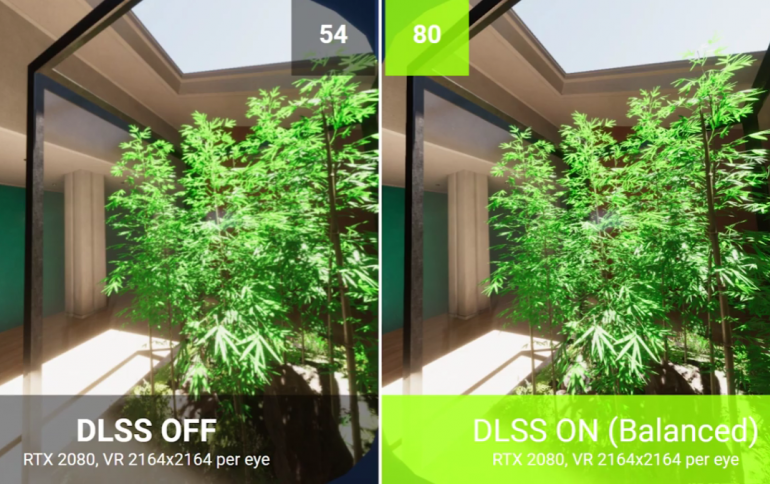
Unity will add native NVIDIA DLSS support to its game engine
Unity made real-time ray tracing available to all of its developers in 2019 with the release of 2019LTS. Before the end of 2021, NVIDIA DLSS (Deep Learning Super Sampling) will be natively supported for HDRP in Unity 2021.2.
Developers’ ability to level up their games with the same cutting-edge technologies found in the biggest blockbusters got a lot simpler. Unity developers will soon be able to add NVIDIA DLSS to their creations in just a few clicks. Before the end of 2021, NVIDIA DLSS will be natively supported for the High Definition Render Pipeline ( HDRP) in Unity 2021.2.
At GTC 2021, Light Brick Studio demonstrated how stunning Unity games can look when real-time ray tracing and DLSS are combined. Watch their full talk for free here. You can also check out our developer interview with Unity’s Mathieu Muller, senior product manager for high-end graphics here.
NVIDIA DLSS uses advanced AI rendering to produce image quality that’s comparable to native resolution–and sometimes even better–while only conventionally rendering a fraction of the pixels. With real-time ray tracing and NVIDIA DLSS, Unity developers will be able to create beautiful real-time ray traced worlds running at high frame rates and resolutions on NVIDIA RTX GPUs. DLSS also provides a substantial performance boost for traditional rasterized graphics.
While ray tracing produces far more realistic images than rasterization, it also requires a lot more computation, which then leads to lower framerates. NVIDIA’s solution is to ray trace fewer pixels and use AI on our dedicated Tensor Core units to intelligently scale up to a higher resolution, and while doing so, significantly boost framerates. We built a supercomputer to train the DLSS deep neural net with extremely high quality 16K offline rendered images of many kinds of content. Once trained, the model can be integrated into the core DLSS library, the game itself or even downloaded by NVIDIA’s Game Ready driver.
At runtime, DLSS takes three inputs: 1) a low-resolution, aliased image 2) motion vectors for the current frame, and 3) the high resolution previous frame. From those inputs, DLSS composes a beautifully sharp high-resolution image, to which post-processing and UI/HUD is then applied. You get the performance headroom you need to maximize ray tracing settings and increase output resolution.





















